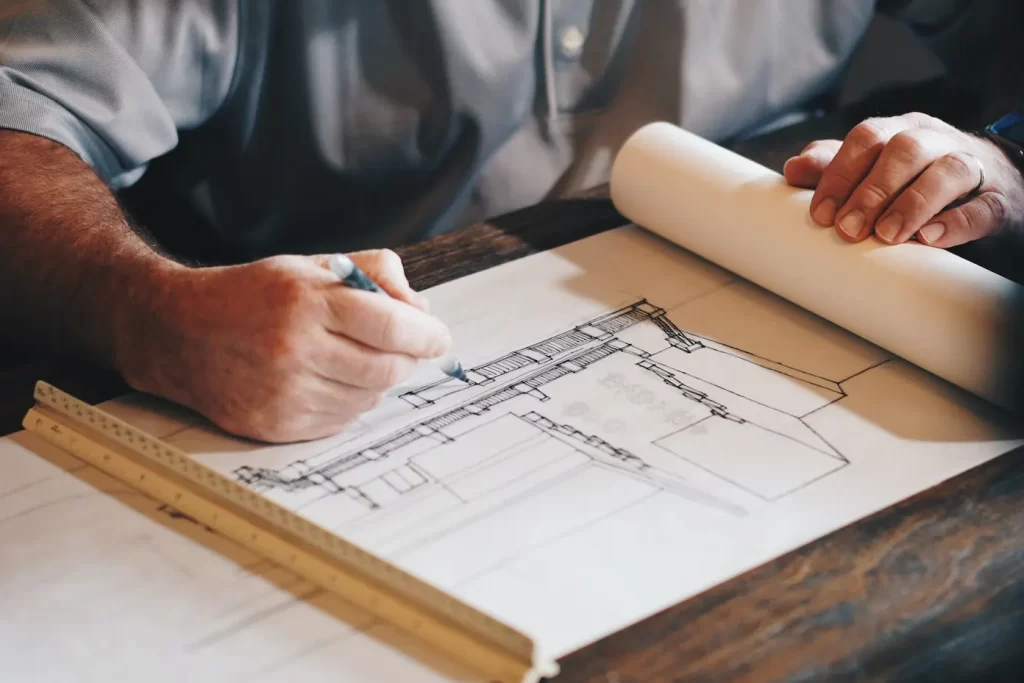Home improvement projects can be exciting, but they can also be stressful, especially when it comes to managing construction costs. Going over budget can cause delays, unexpected expenses, and other issues that can turn your dream home into a nightmare. In this article, we’ll share some expert tips for managing construction costs and keeping your home improvement project on track.
In This Article
Toggle
Set a Realistic Budget
One of the most important steps in managing construction costs is setting a realistic budget. Before you start your project, sit down and figure out how much you can realistically afford to spend. Consider the scope of the project, the materials you’ll need, and any other expenses you’ll incur along the way. Be honest with yourself about what you can afford, and resist the temptation to overspend.
Once you’ve set your budget, make sure you stick to it. Keep track of your expenses and adjust your plans as needed to stay within your budget. Consider using a budgeting app or tool to help you stay organized.

Get Multiple Quotes
When it comes to hiring contractors and purchasing materials, it’s important to get multiple quotes. Don’t settle for the first contractor or supplier you come across; instead, shop around and get quotes from several different sources. Compare the quotes and choose the best one for your budget.
When negotiating with contractors and suppliers, don’t be afraid to ask for a discount or to negotiate on price. Many contractors and suppliers are willing to work with you to find a price that fits your budget.
Prioritize Your Needs and Wants
Another key to managing construction costs is prioritizing your needs and wants. Make a list of the features and elements you want in your home improvement project, and then prioritize them based on what’s most important to you. Consider what you can live without if you need to cut costs, and be prepared to adjust your plans as needed to fit your budget.
By prioritizing your needs and wants, you’ll be able to make informed decisions about what you can and can’t afford. You’ll also be better prepared to make adjustments to your plans if unexpected expenses arise.

Plan for Contingencies
No matter how well you plan your home improvement project, unexpected expenses can still come up. That’s why it’s important to plan for contingencies by setting aside a contingency fund. This fund should be separate from your budget and should be used to cover unexpected expenses, such as repairs or additional materials.
When planning for contingencies, make sure you identify potential issues and estimate their costs. Be realistic about what could go wrong, and set aside enough money to cover these expenses. A good rule of thumb is to set aside 10-20% of your total budget for contingencies.
Avoid Scope Creep
Scope creep is a common issue in home improvement projects, and it can be a major contributor to cost overruns. Scope creep refers to the tendency for a project’s scope to expand beyond its original parameters, often due to changes in the project’s requirements or objectives.
To avoid scope creep, it’s important to set clear project goals and stick to them. Make sure everyone involved in the project understands what the goals are and what’s required to achieve them. If changes need to be made to the project scope, make sure they’re necessary and that you can afford them.

If you’re planning a home improvement project, managing construction costs should be a top priority. By following the tips outlined in this article, you can keep your project on track and avoid unexpected expenses. Remember to set a realistic budget, get multiple quotes, prioritize your needs and wants, plan for contingencies, and avoid scope creep.
At TodzTerior, we specialize in providing high-quality, affordable home improvement services. Our team of experts is dedicated to helping you achieve your dream home while staying within your budget. Contact us today to learn more about our services and how we can help you with your home improvement project. Let us bring your vision to life!
